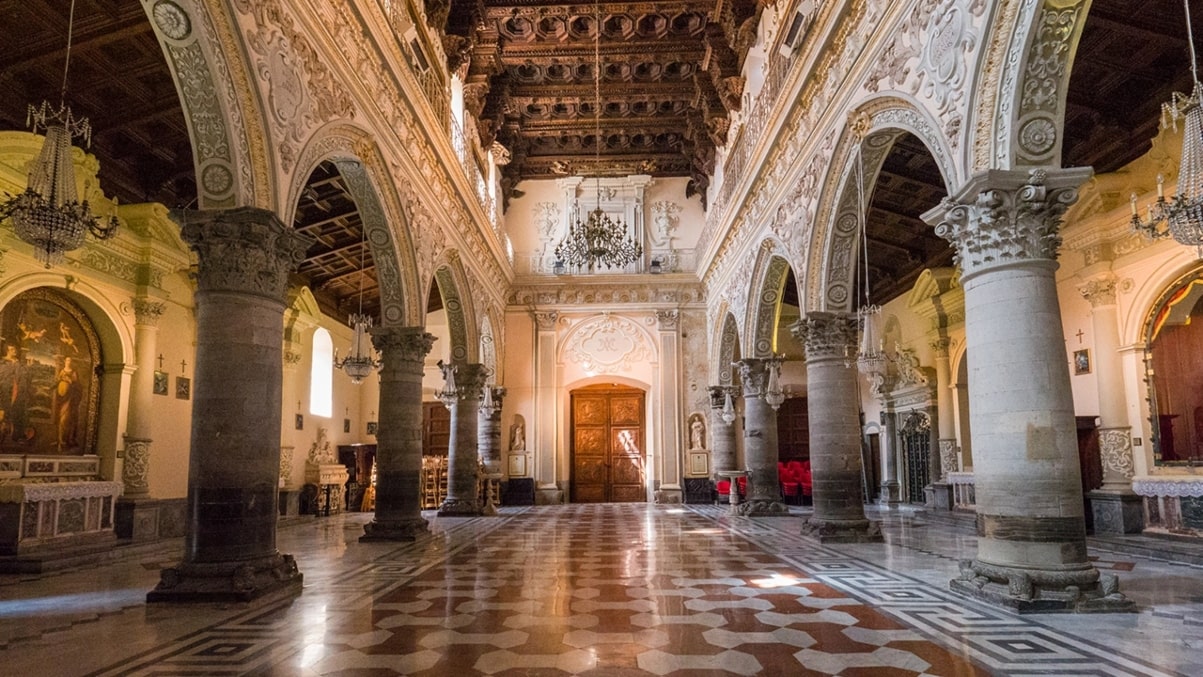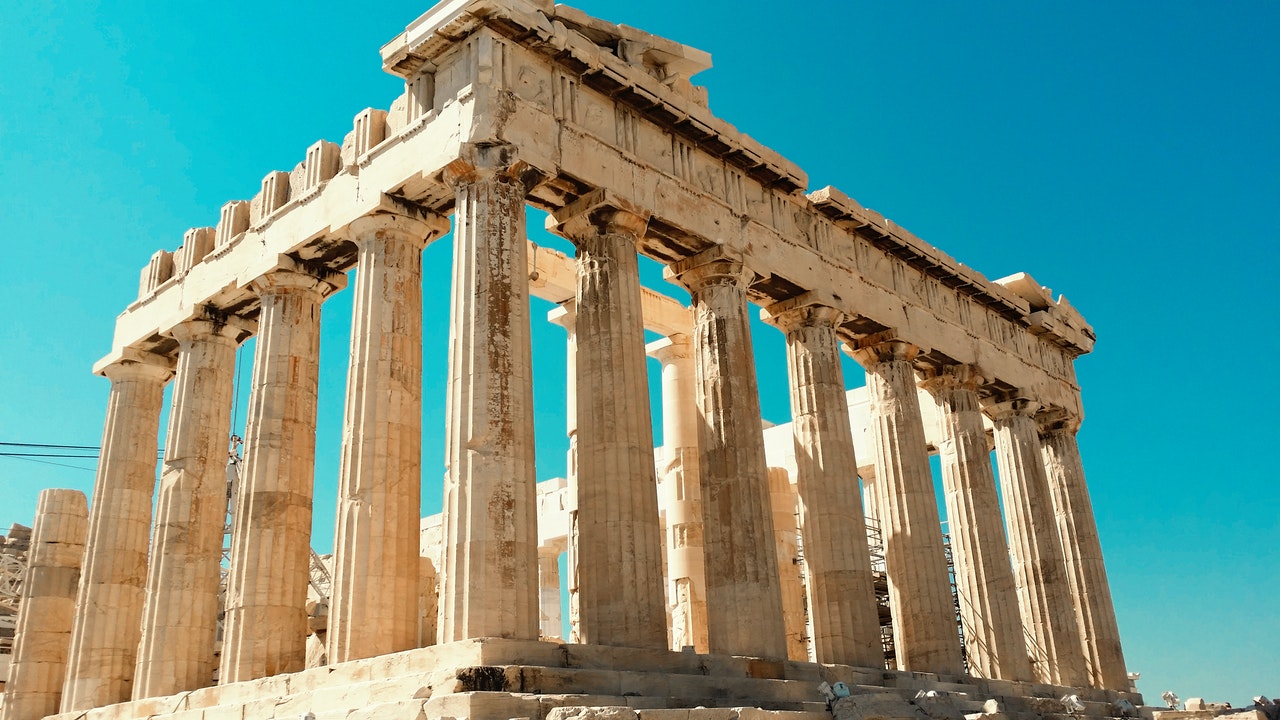Everyone wants to go to Italy. Or live in Italy, drink Italian wine, eat Italian food, and maybe even fall in love with an Italian along the way! Regardless, EVERYONE we’ve ever met has a love affair — if not with an actual Italian — then with the idea of La Dolce Vita and all Italy has to offer.
For over 35 years, Italy’s been GHardy Tours number one destination and we continually answer the question of “Where should I go in Italy?!?”
Italy merits a lifetime of visits, and there is definitely an art to discovering all the country has to offer. That art involves slowing down and focusing on specific regions. Why? Because Italy is collection of 20 different regions spanning the length of the “boot” – the mainland peninsula resembles a tall ladies boot with the Puglia region being the sexy heel (and Sicily being the soccer ball she is kicking). Those 20 different regions are all unique. With millennia of history and individual culture, up until recently those regions were separate countries and states. Fun fact: the modern state of Italy was founded in 1861 and is only 6 years older than Canada.
So how do you make sense of a country abundant in beauty, history, and culture and figure out where to actually go? Let us help.


Where to go on your first trip to Italy? Rome!
- This is an obvious answer but anything else would be a lie. If you’ve never been to Italy before then you probably want to concentrate your time in Rome and then go from there.
- The three major cities most people want to visit on their first trip are Rome, Florence and Venice.
- Each is vastly different and offers unique opportunities to immerse yourself in art, architecture, history, cuisine and wine. It’s difficult to forgo one in favour of another, but the Eternal City is the jewel in the Italian crown and worthy of a visit (and blog post) all its own.
Best things to see in Rome if you only have two days: Colosseum, Forum, Vatican City
Today, the ancient capital of Julius Caesar’s empire is a vibrant modern city. The saying, “all roads lead to Rome” could not be more true. The capital of Italy is also home to the world’s smallest city state: Vatican City. If you only have two days in Rome, then the “must sees” are: the Colosseum and Forum, followed by the Vatican Museum, Sistine Chapel and St. Peter’s Basilica.
The Colosseum is one of the most recognized places of antiquity and it’s outstanding, but getting entrance tickets is increasingly difficult so booking in advance is necessary. The Forum is literally where you can walk in the footsteps of emperors and imagine what the civic centre of the capital was like. To tour both the Colosseum and Forum with a private guide factor a minimum of 2.5 hours.
The Vatican complex and all it entails will take you upwards of four hours if you are in a rush. We highly recommend a private guide for the Vatican as well (it is the 3rd most visited museum in the world and stretches over seven kilometres). Frankly, the Vatican museum’s directors have historically been stuck in a curatorial time warp so it’s helpful to have a knowledgable guide make sense of the sheer bounty on display. The Sistine Chapel is a must and included on every private guided tour with skip-the line tickets. This is especially true if you are travelling with kids or teens. So book ahead (crucial), invest in a private guide, take your time, and plan to spend more time in Rome than you think.
Art and Architecture in Rome is literally everywhere
Across the city stunning churches and basilicas are on almost every corner. It doesn’t matter if you are religious or not, because these churches are literally a treasure trove of artistic richness sponsored over the centuries by the wealthy Roman nobility.
When not sponsoring churches or artists, the patrician class dedicated themselves to building palaces, one more opulent than the next. The names Colonna, Farnese, Pamphilj, and Borghese are just some families who gave their name to incredible stately mansions filled with wonderful art. These aristocratic treasure-troves will be practically empty in comparison to the Vatican for visitors.
Behind the tall walls hidden away from the tourists, the Roman nobility still exists. Juicy gossip surrounds the Doria-Pamphilij heirs, custodians of one of Italy’s most valuable private art collections. Visitors can tour the collection and admire Renaissance masterpieces. Meanwhile, down the road, the most expensive piece of real estate in the world is currently available for US$543 million. After more than 400 years the Ludovisi family is selling the Villa Aurora in the midst of an epic inheritance battle. Villa Aurora has a fantastic location on Via Veneto and boasts a ceiling fresco painted by Caravaggio – the only such ceiling in existence. In 2019 GHT organized a private visit of this villa for a special client who loves Caravaggio and wanted a personal tour with the Princess Ludovisi. The villa and the Princess did not disappoint! We anxiously await news to see what the fate of this beautiful palazzo will be.
Piazzas are where the real action is!
While art galleries and museums abound in Rome, the real delight is the lively streets and piazzas that in most case lie on top of their ancient counterparts.
The Piazza Navona, one of Rome’s most popular gathering places is where restaurants and gelaterias line the bustling oval-shaped public square and artists and street performers are often on display. The unique shape is because Piazza Navona was built above the 1st century AD Stadium Domitian where ancient games were held, and in fact many of the palazzos lining the piazza “re-used” the ancient building material in their foundations and facades. The Piazza Navona is one of our favourite spots to stop for an aperitivo and people watch before heading off to dinner at a local trattoria.
Other must-visit piazzas include: the Piazza Fontana di Trevi with the iconic fountain filled with visitor’s coins; the Piazza di Spagna with the famous steps leading to the Borghese gardens; Piazza Campo dei Fiori for the outdoor marketplace during the day and the bars at night; and Piazza San Pietro that is the grand entrance to the Vatican.
Shopping in Rome: style and fashion are synonymous with Rome
It’s impossible to be in Rome and not indulge in a little retail therapy – even if it’s only window shopping. If your budget allows then head directly to the epi-centre of Italian luxury: Via Condotti. Emanating from the Spanish Steps, here you’ll find iconic Italian brands like Gucci, Prada, Armani, Ferragamo alongside the usual suspects Hermes, Tiffany, Cartier, and Louis Vuitton.
With prices less lofty, the Via del Corso is perhaps the most famous shopping street in Rome. It stretches across the city from the Piazza del Popolo to the Piazza Venezia, which is dominated by the huge monument to King Victor Emmanuel (the gentleman who managed to unite the 20 regions). The giant statue is known colloquially known as the “typewriter”, or as the locals like to call it – the wedding cake. Once you’ve seen it, you’ll understand why.
What to eat and drink in Rome: coffee, pasta, aperitivo and gelato!
To start the say, the Romans are particular about coffee – they like it fast, strong, and HOT. A true Roman will pop into a coffee bar multiple times a day, stand at the counter and gulp down an espresso pronto. You’ll never see a Roman walking down the street with a paper coffee cup because that’s considered highly uncivilized. So when you’re in Rome, saunter up to the barista and order un caffé (with accent on é). Our favourite coffee bar in Rome is La Casa del Caffè Tazza d’Oro, not only for the strong coffee but also because it’s literally around the corner from the Pantheon, the only ancient building still fully intact and another site not to be missed.
There are certain pasta dishes that are distinctly Roman and you should aim to eat at least one in the Eternal City: Cacio e Pepe, Bucatini all’Amatriciana, and Carbonara are the top three. Our favourite place to enjoy the latter is ‘La Carbonara’ on Campo de’ Fiori, a traditional restaurant that’s been in the same family since 1912 and where the dish was reputedly first invented and served by the current owner’s great-grandmother. Closer to Piazza Navona is Ristorante Virginiae, another traditional Italian restaurant that is a cut above most of the other dining spots in the area and excels at the regional Roman specialities.
Lunch can be a sit-down affair or something fast and on the go. Roman street food ranges from pizza by the slice to suppli, Rome’s version of arancini that contains a mixture of marinara, rice and mozzarella coated in breadcrumbs and fried. A great vegetarian option is carciofi all giudia (deep fried artichokes), and is most closely associated with Rome’s vibrant Jewish food scene.
Don’t forget to stop for an aperitivo, the Roman equivalent of happy hour. The pre-meal drink is an institution (even if the concept was invented in Milan) and is part of the local culture. An aperitivo is usually light on alcohol and verges on bitter, and the best known are Aperol, Negroni, Campari, Martini Vermouth, and Amaro. Our favourites are Aperol and Amaro. We usually can’t decide … so like a true Italian have an Aperol before dinner and an Amaro after. The Roman rooftop bar and patio scene is thriving, and each week new hot spots open. The best boast stunning views and top mixologists.
For those not interested in drinking, a gelato is the way to go. Gelato typically has 70% less air and more flavouring than other frozen desserts, making it dense and particularly rich compared to other ice creams. Rome has a plethora of great gelaterias where you can indulge your sweet tooth.
Where to stay in Rome: at the best your budget will allow!
After 35 years and sending thousands of travellers to Rome, we have our favourite hotels with preferential rates in 5, 4 and 3 star categories. We also have insider access to top villas and apartments that can be as luxurious as your budget permits. It all depends on where you want to stay in Rome and what you want to do while there.
Regardless of where you stay, Rome has a clean and modern Metro subway system you can easily take advantage of, plus of course Uber for when your energy wanes. We also have vetted private drivers and luxury vehicles for excursions and transfers.
So there you have it, GHT’s short guide to Rome! When we plan a trip to Rome we make sure to hit the highlights and also include some unique experiences that are not immediately obvious.
But Rome is just 1/20th of what Italy has to offer. Stay tuned for future instalments on Florence and Tuscany, Venice and the Veneto, Amalfi and Campania, Milan & the Lake District, Sicily, Puglia … the fabulous list goes on!
Until then, Buon Viaggio!
Kathleen Hardy
Vice President, Product Development & Luxury Experiences



